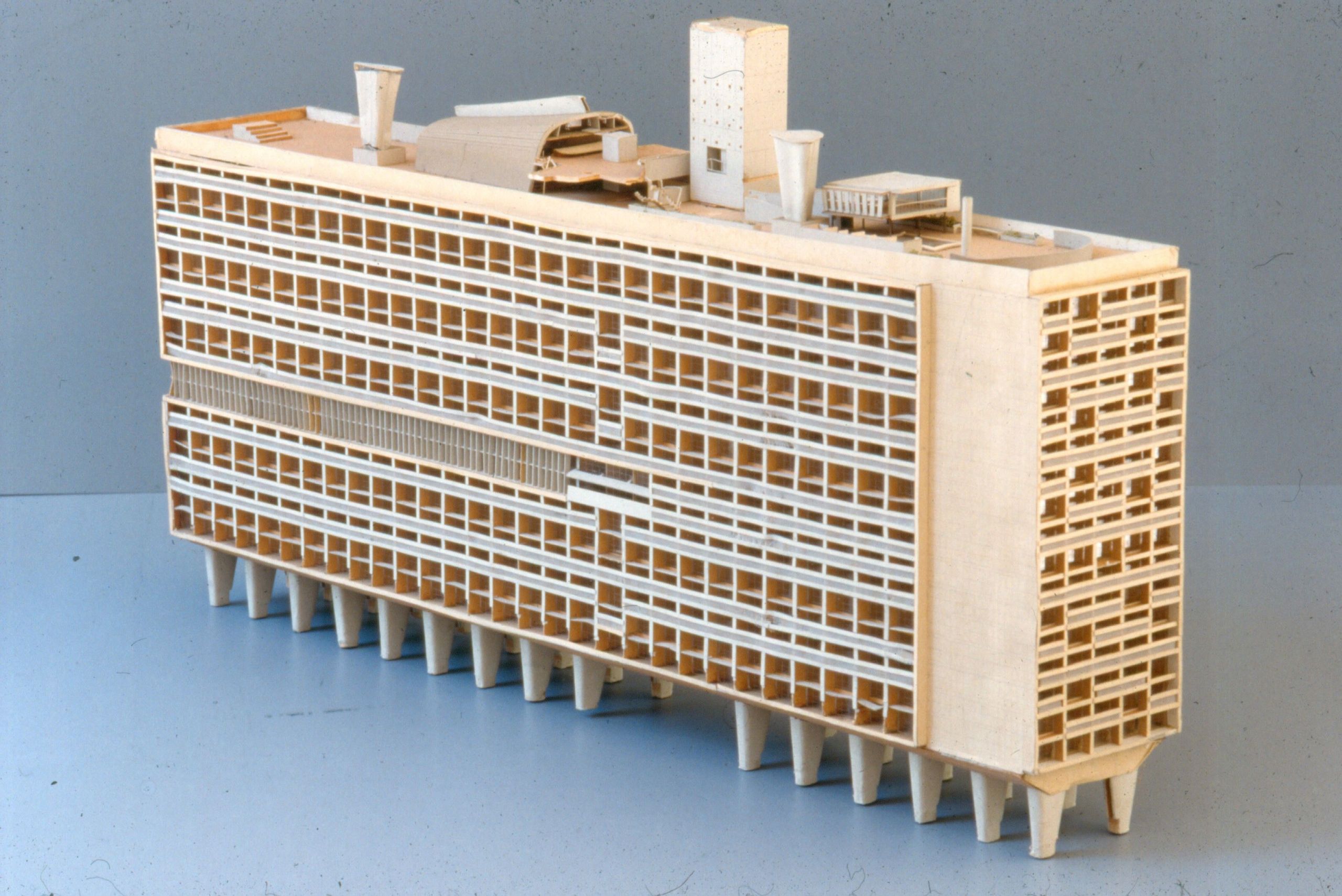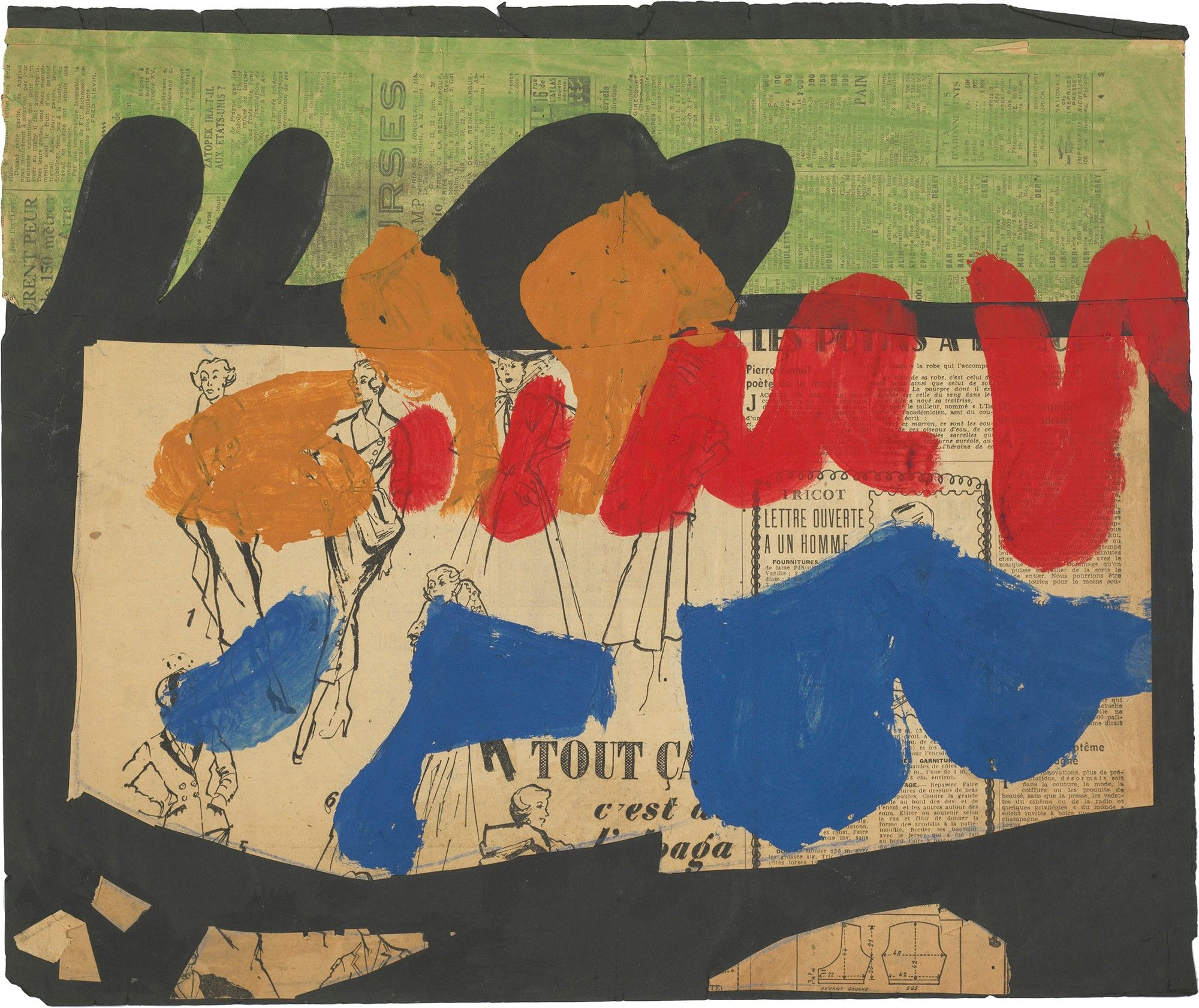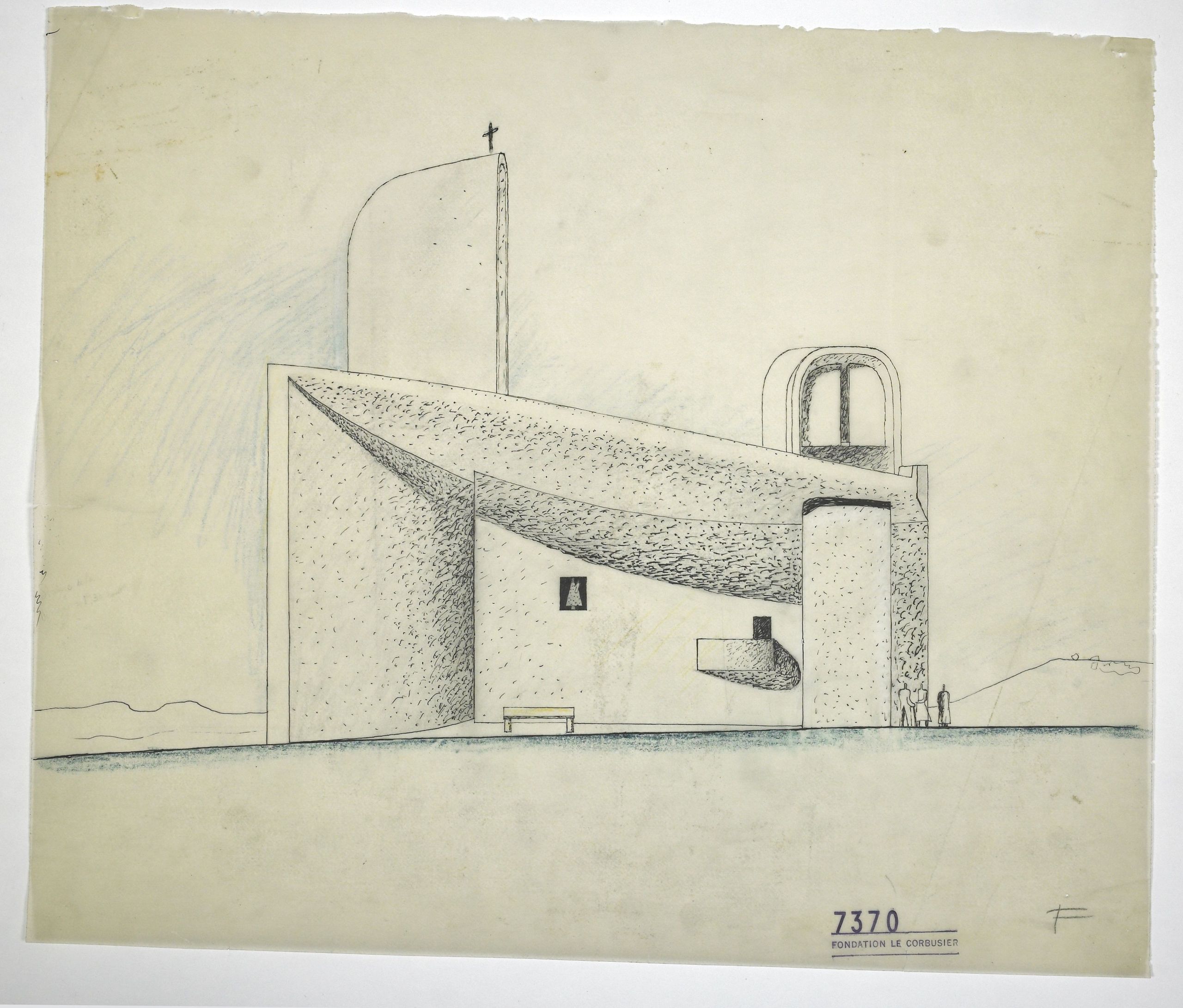Zentrum Paul Klee celebrates Le Corbusier.
08.05.2025The first major special exhibition, “The Order of Things,” at the Zentrum Paul Klee in Bern celebrates the work and working methods of Le Corbusier until June 22, 2025. The exhibition is dedicated to the working process of the Swiss-French artist, architect, designer, and urban planner, focusing on Le Corbusier’s plastic thinking. It offers a comprehensive overview of his entire oeuvre from an artistic perspective and displays both iconic exhibits and previously largely unknown groups of works.
Le Corbusier’s working process at the heart of the exhibition

Charles-Édouard Jeanneret, known worldwide under the pseudonym Le Corbusier, is one of the most important pioneers of modern architecture in Switzerland. He was also one of the most influential protagonists of international modernism. Le Corbusier (born in La Chaux-de-Fonds, Switzerland, in 1887 and died in Roquebrune-Cap-Martin, France, in 1965) was active as an architect, artist, urban planner, designer, writer, and theorist. Some of his architectural works have been listed as UNESCO World Heritage Sites since 2016.

With enormous drive, radical visions, and provocative rhetoric, Le Corbusier shaped modern architecture. In his work, he sought to redesign living spaces and urban areas. His approach intertwined art, design, and architecture. His goal was to create a new living environment through functional and aesthetic architecture and to improve people’s quality of life. To this end, he took advantage of the new possibilities offered by technological progress and combined them with classical principles of aesthetics, such as the golden ratio.

Le Corbusier proposed using the products of modern technology, such as ocean liners, airplanes, and cars, as models for architecture, since their form is directly related to their function. He used reinforced concrete in his buildings and developed methods to innovatively exploit the artistic and sculptural possibilities of this modern construction method.
The principle of order
“Order” played an important role for Le Corbusier. With this concept, the exhibition also takes up a universally understandable and universal theme in art and cultural history that dates back to antiquity and is still relevant today. ‘Order’ was a key concept in Le Corbusier’s thinking, especially in the 1920s. Designing meant “ordering” things. He regarded it as the central task of art and architecture to understand and shape the world through order. Only through order, he believed, could humans develop intellectually and free themselves from the whims of nature, chance, and arbitrariness.
Art, Architecture, and Research
The exhibition is organized both thematically and chronologically and divided into three axes: art, architecture, and research. The art axis shows Le Corbusier’s artistic development from his training to his late work. Art always played a central role for Le Corbusier, both as an independent activity and as a source of inspiration for architecture and design. This part of the exhibition begins with rarely seen studies of nature, landscapes, and architecture. They illustrate how the young Charles-Edouard Jeanneret explored space and architecture.
The exhibition also presents iconic paintings from the “Purism” movement of the 1920s, an avant-garde movement founded by Le Corbusier and the artist Amédée Ozenfant in Paris. The art section also includes colorful, abstract drawings, astonishing sculptures, and collages from his late work. They reveal a previously little-known side of Le Corbusier.
Practical information
Opening hours:
Tuesday to Sunday from 10 a.m. to 5 p.m., also on Whit Monday from 10 a.m. to 5 p.m. and on the anniversary weekend on Saturday, June 21, from 10 a.m. to midnight and on Sunday, June 22, from 10 a.m. to 6 p.m.
Directions and contact details:
Zentrum Paul Klee
Monument im Fruchtland 3
3006 Bern
+41 31 359 01 01
info@zpk.org
zpk.org